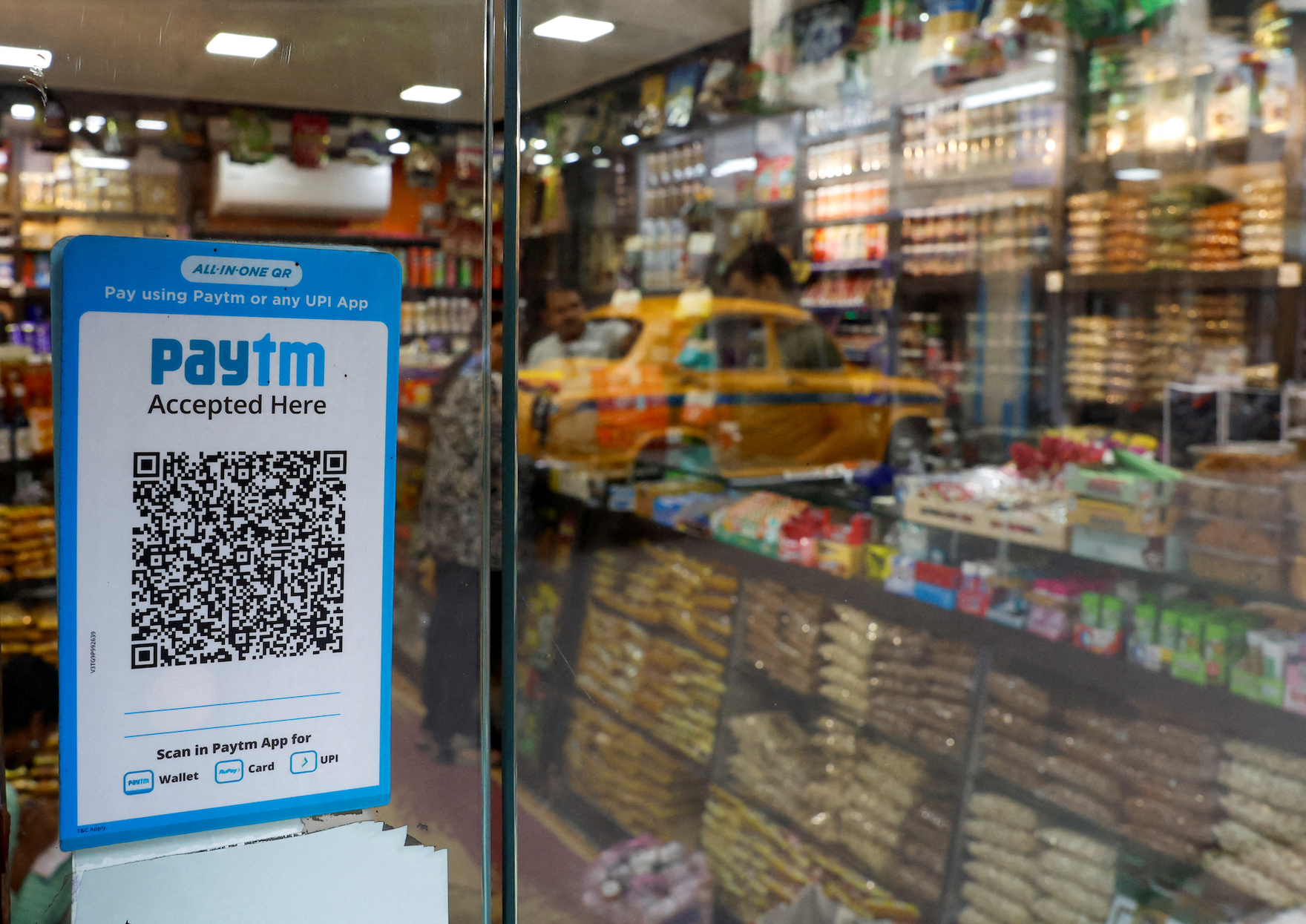The COVID-19 pandemic forced every country to adopt digital enablements such as work from home, telemedicine and videoconferencing. India was no exception. However, it is noteworthy that the world’s largest democracy issued 2.2 billion vaccination certificates, all QR-verifiable. This is indeed a sea change, considering that computerization of railway reservations and banks in the 1980s were early exceptions in domestic use of internet technology (IT), notwithstanding India’s global leadership in outsourcing.
The Prime Minister’s IT Task Force in 1998 and the National e-Government Plan in 2006 paved the way for the introduction and expansion of several new e-services, while enabling policies and entrepreneurship created affordable and innovative telecom services, with contemporaneous introduction of mobile and internet service in 1995.
Three decades later, India accounts for nearly half of all global digital payments, thanks to having one of the lowest mobile data tariffs at USD 0.11 per GB, a bevy of start-ups and the Unified Payment Interface (UPI) that enables real-time, frictionless instant payments across 600 plus banks using a QR code, bank account or just the mobile number of the payee.
Launched in 2016, India’s UPI accounted for 172 billion transactions worth USD 2.9 trillion in 2024. UPI is an example of digital public infrastructure (DPI), a growing suite of endeavours designed to achieve socio-economic policy objectives by leveraging digital technology for the billion-plus population of India.
A set of interoperable building blocks based on open protocols, standards and application programming interfaces, and often also using open-source software, the so-called India Stack is comprised of three essential layers — digital identity, digital payment and a consent-based data exchange framework.
Since this modular architecture allows flexibility and interoperability across each layer, it fosters innovation and competition. Scalable deployment on massive networks have given rise to a host of innovative DPIs for specific use cases — from artificial intelligence to agriculture, from e-commerce to credit, from electronic know your customer (eKYC) to affordable education, and several more. In 2016, a new telecom operator signed up 100 million subscribers within 170 days, largely thanks to eKYC using Aadhaar, India’s digital identity. Launched only in 2010, Aadhaar enrolments already exceed 1.4 billion.
Views do differ in terms of the best DPI approach and the connotation of the term "public" within DPI. However, there is keen interest and broad support around its core components, design philosophy and deployment strategies among a host of stakeholders. These include but are not limited to the United Nations, World Bank, OECD, World Economic Forum and Group of 20.
The 50-in-5 campaign targets DPI expansion to 50 countries by 2028 even as the Global DPI Summit 2024 in Egypt underscored safe and inclusive implementations to accelerate the United Nations Sustainable Development Goals, as also documented by the United Nations Development Programme. The Global Digital Public Infrastructure Repository, Co-Develop and DPI Map curate and showcase DPIs around the world. The Network Readiness Index report (2024) also acknowledges the significance of DPI by emphasizing the role of digital public-private partnerships in advancing digital readiness, focusing on both physical and digital infrastructure in the digital age.
Thanks to its innovative and open architecture that offers flexibility to the adopting countries as to how and where to deploy, DPI is a beacon of India’s soft power within the ensuing geo-political contestation, in sharp contrast to the Belt and Road Initiative that often packages specific finance and technology.
Notwithstanding the established and potential benefits of DPI, taking a life cycle approach, the Universal Digital Public Infrastructure Safeguards Framework, developed under the aegis of the UN, identifies three sources of risks, emanating from inadequacies across technology, normative frameworks and institutions. It goes on to identify 13 interrelated risks classified under two broad categories:
- Risks to the safety and inclusion of individuals — the former arising from privacy vulnerability, digital insecurity, physical insecurity and inadequate recourse; and the latter arising from discrimination, unequal access, disempowerment and other forms of exclusion.
- Risks to societies due to structural vulnerabilities — arising from digital distrust, weak rule of law, weak institutions, technical shortcomings and unsustainability.
In addition, state surveillance remains an overarching and accentuated concern, considering that most DPIs are directly or indirectly owned and operated by the public sector. While the quintessential government services such as digital identity must be within the public sector, others can and should see more competition, even from the private sector.
To ensure that the public interest remains as the core of DPI’s raison d'être, the following safeguards should be duly considered:
- Strong rule of law including cybersecurity and data protection
- Critical infrastructure protection
- Universal, ubiquitous and affordable access to digital services and devices
- Contestability, if not thriving competition, to mitigate monopoly except in the case of quintessential government services such as issuance of identity
- Data federation
- Deployment road map including transition and interfaces with other systems
- Workforce and capacity building
- Expeditious and accessible mechanism for grievance redressal and dispute resolution
- Openness, accountability and fairness
- Transparency in design, budgeting and deployment
- Financial sustainability and viability
The DPI must be context-specific and undertaken only if there is a political will to support and sustain it. Each DPI must also have an interactive and real-time dashboard, as well as periodic reports in the public domain so that its performance can be measured and monitored on a continuous basis using tangible criteria.
Civil society and media have a very important role to play in ensuring that the DPI remains true to its mission and philosophy, while remaining unaffected by likely interference from the powers-that-be and crony capitalism.
Lastly, while India has demonstrated the benefits and scalability of DPI, it must lead in the realm of safeguards, transparency and accountability to foster trust among the comity of nations, as well as to instil confidence among its own populace for wilful adoption.



